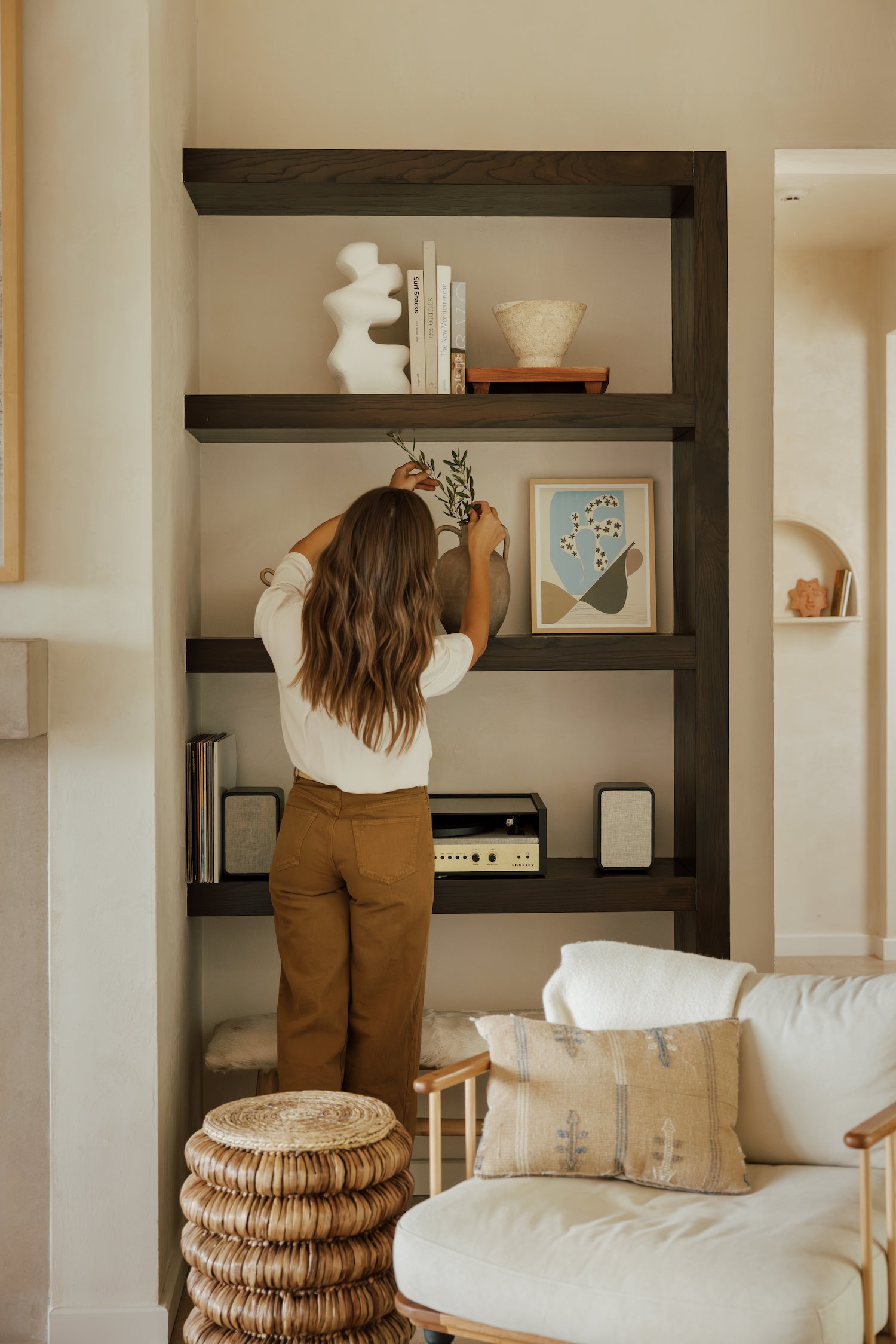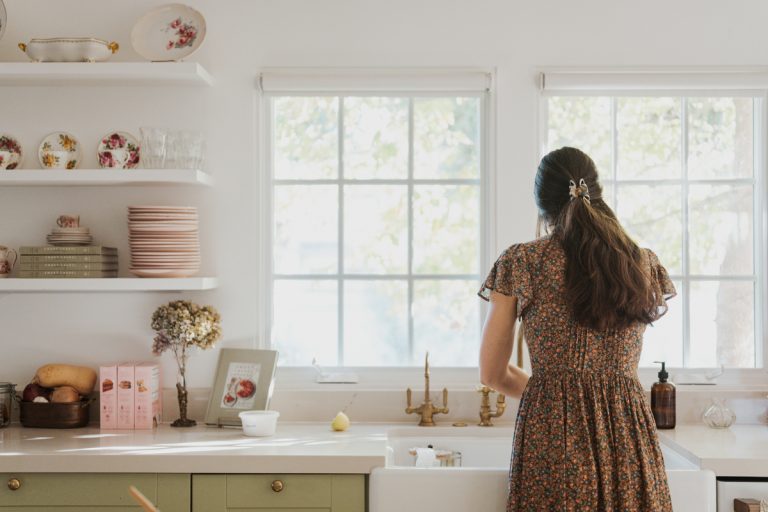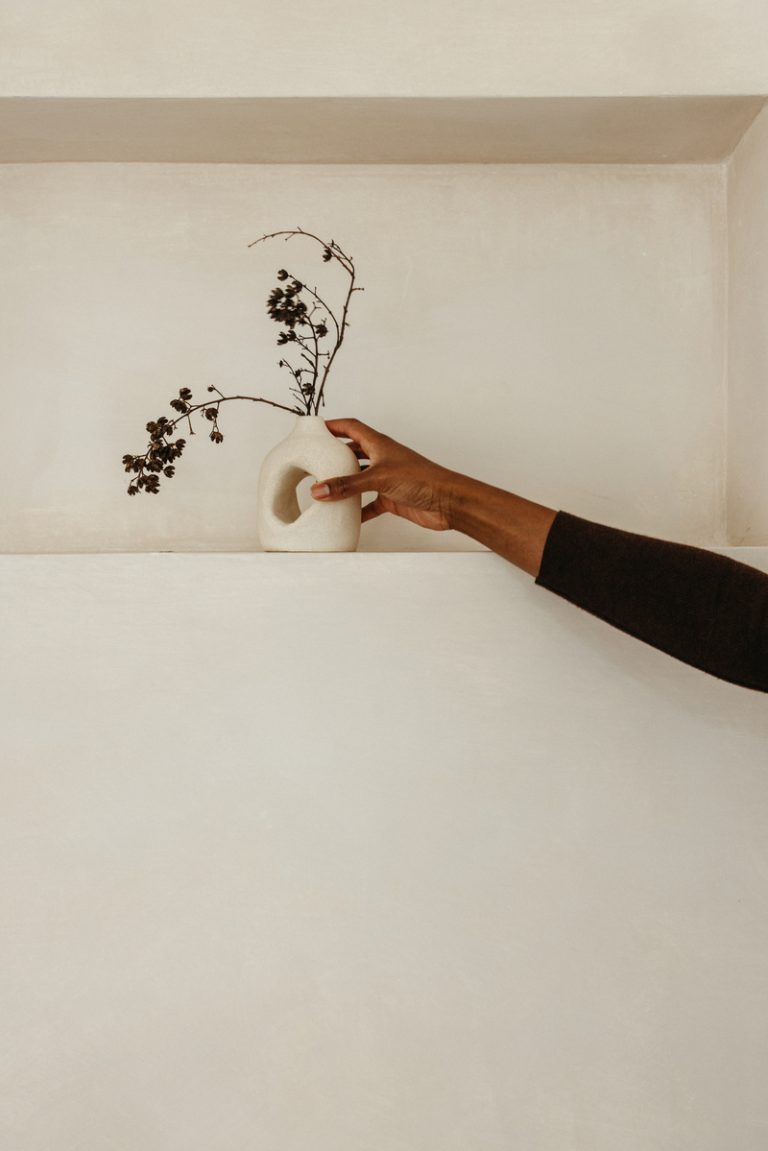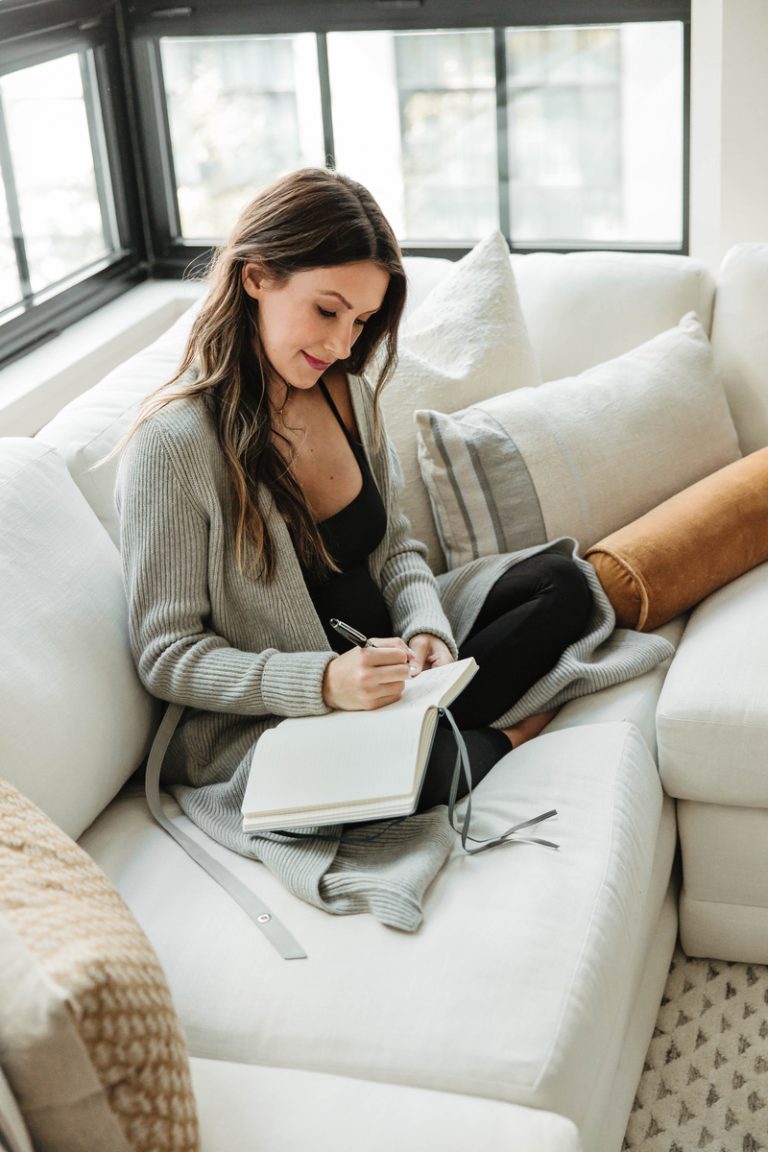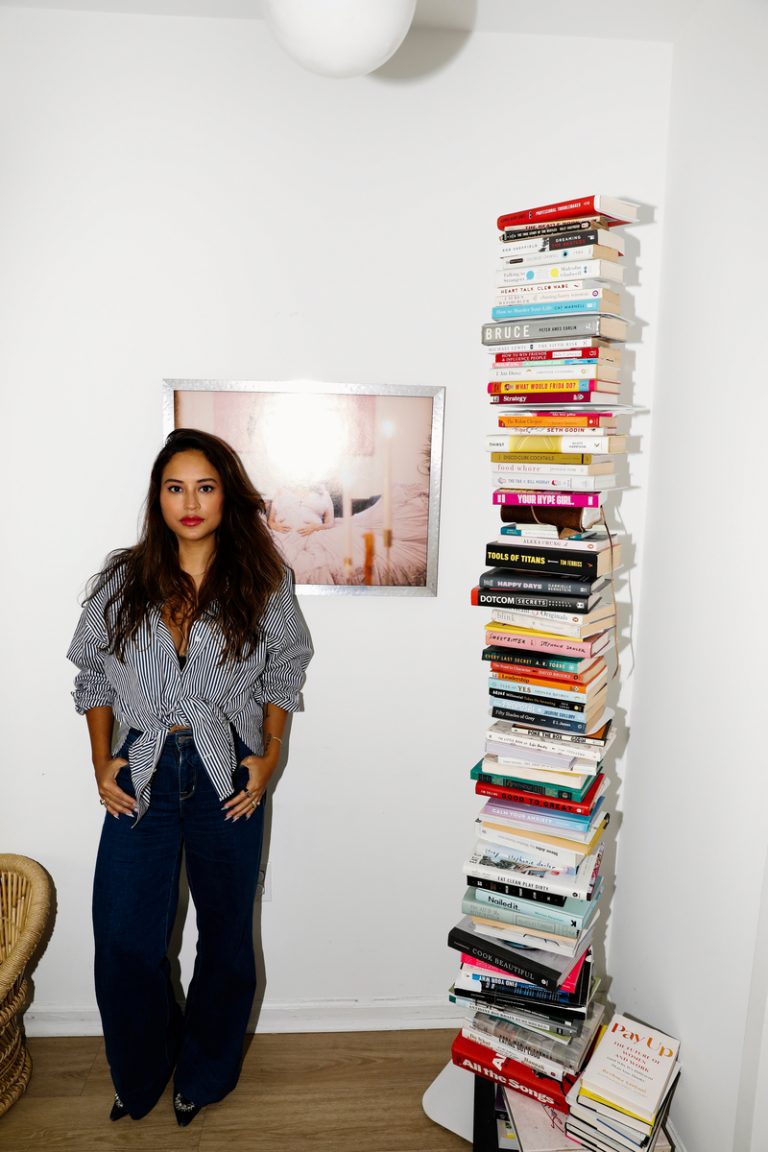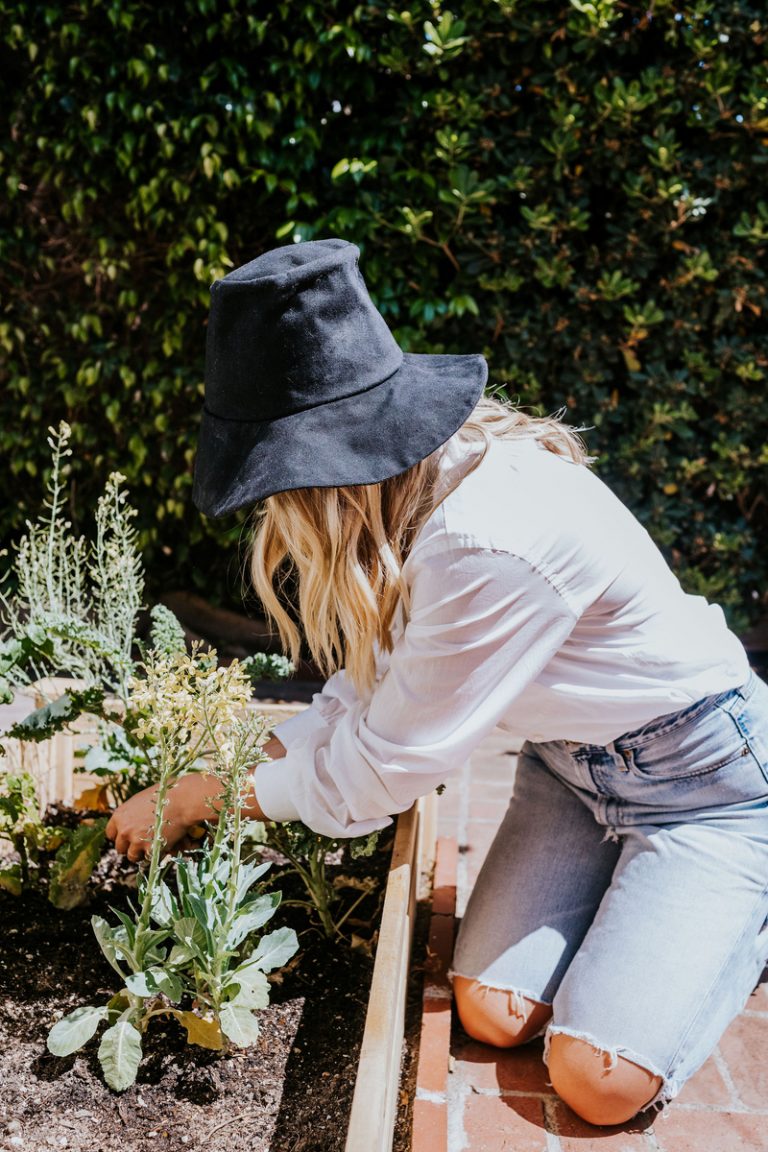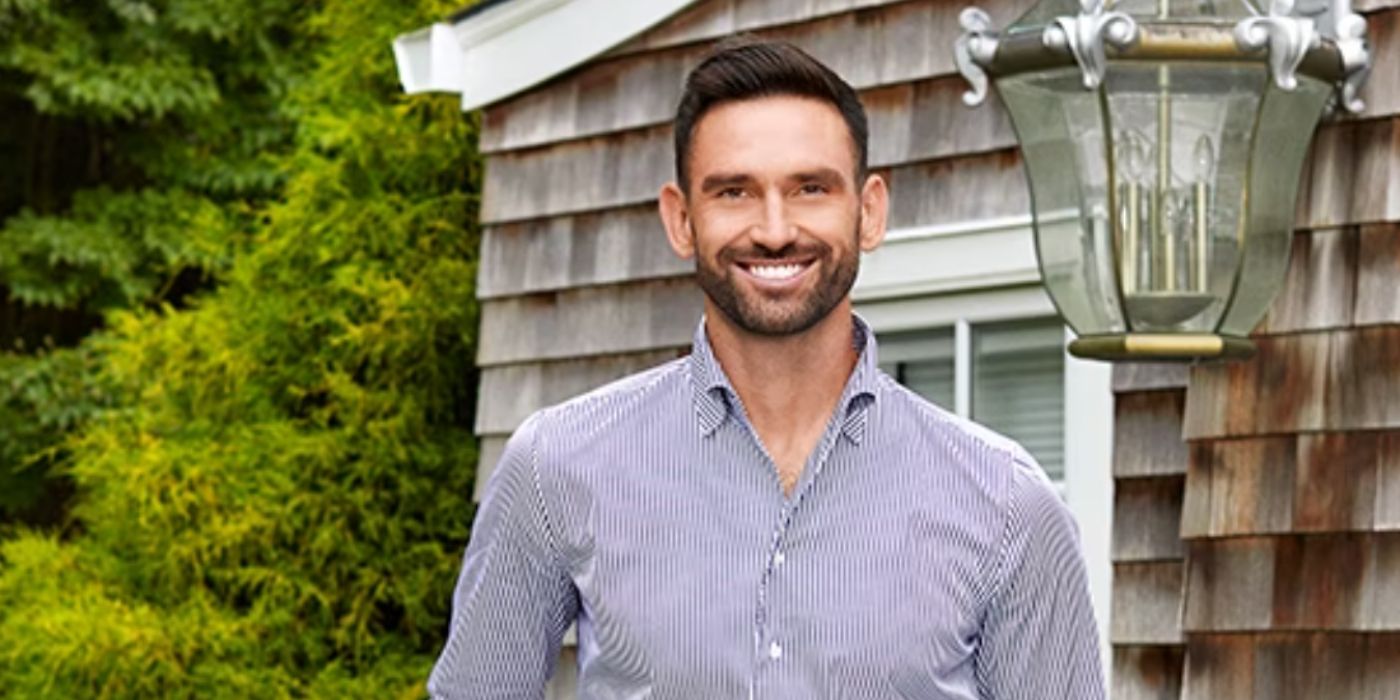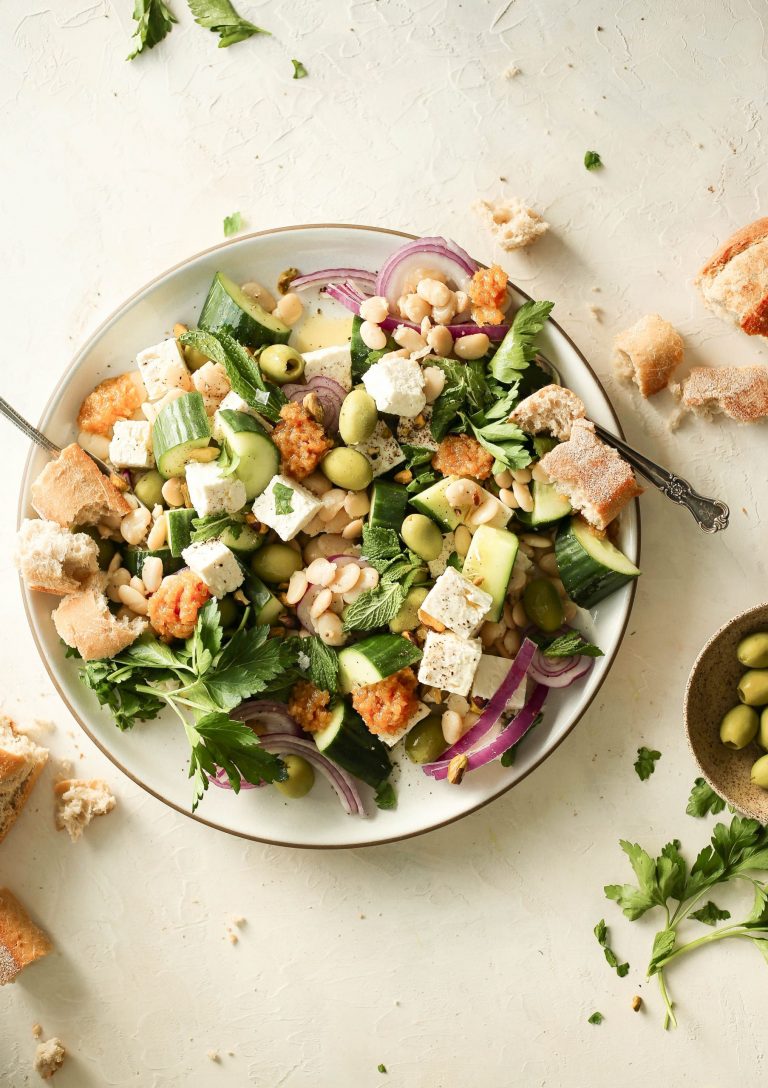Flashback to a year and a half ago. I was a single gal, dating in Washington, D.C. (Arguably the worst place to be a single girl going through her dating journey.) Some were fun, many were unremarkable, but all involved one question: what are your hobbies? The more I asked this, the more I began to expect the blank stare I’d receive in return. As my network in the city grew, I understood that this was a work hard, play hard culture—and no one had time for hobbies. Part of me wanted to shake them, show them the light, and transition from their Hinge match to life coach: This is how to find a hobby!
Sadly, this challenge isn’t exclusive to the DMV—in fact, isn’t that always how it seems to go? When life gets busy (life is endlessly busy) it’s the seemingly unnecessary things we toss aside. These activities that not only bring us pleasure but those that help us grow and gain a more profound understanding of our everyday. Hobbies, in many ways, give shape to our weeks that can often feel humdrum and dictated by what’s outside of us—those obligations that at once feel imperative, but also entirely irrelevant.
But I’m going to tell you right now: hobbies are non-negotiable. Because our joy, growth, and following our curiosity are all non-negotiable. So if you’re wondering how to find a hobby—and how to commit to a hobby—consider this your guide.
Featured image of Laurel Gallucci by Teal Thomsen.
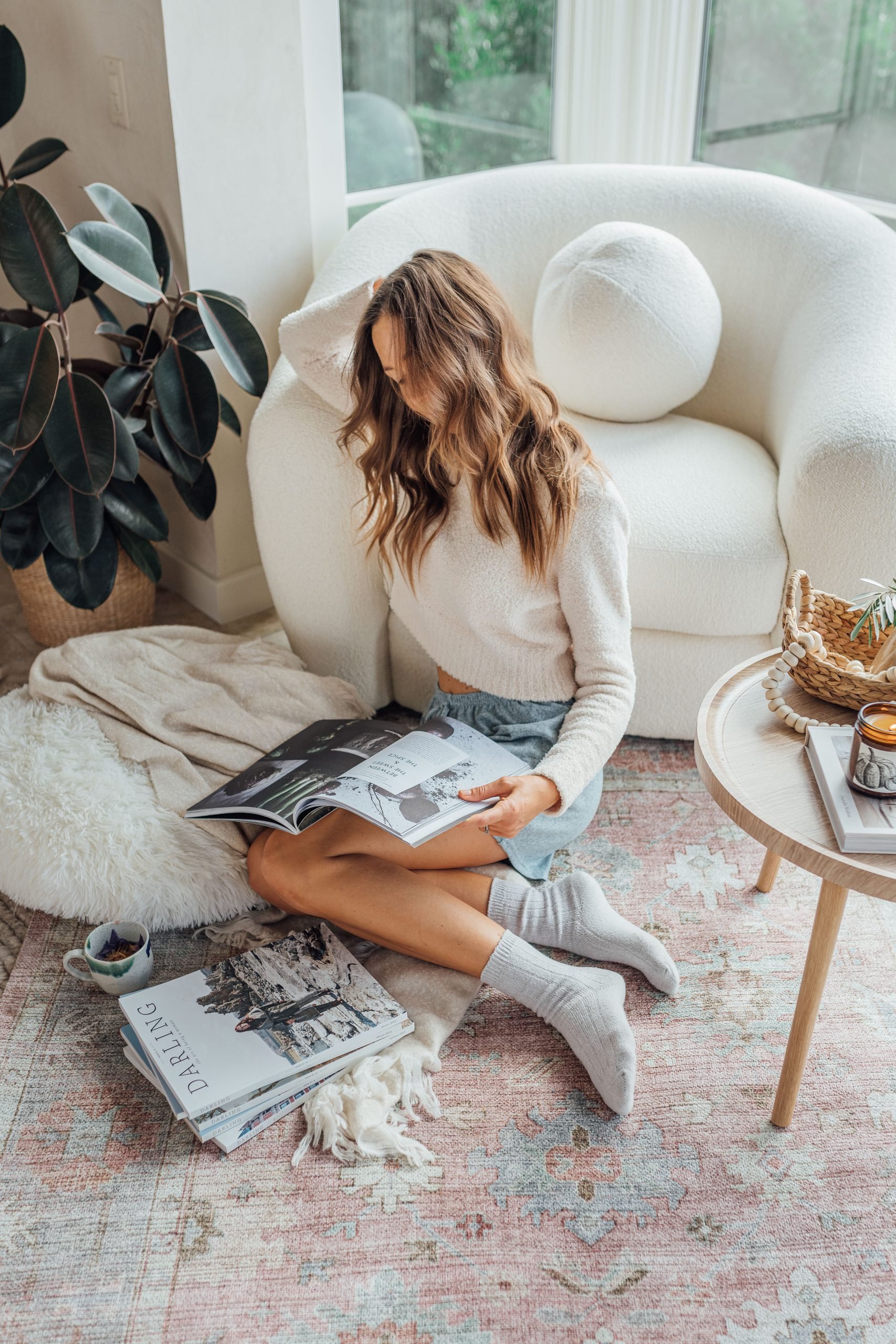
Subscribe
Get Breathing Space
A twice-monthly note from me to you. What’s currently on my mind, in my cart, on my plate, and more. Drop your email to subscribe.
Thanks for Signing Up!
Oops!
Looks like you’re already signed up or your email address is invalid.
Oops!
Looks like you unsubscribed before click here to resubscribe.
Why I Needed to Find a Hobby
I’ve always had hobbies. During high school—even while playing three sports and being in the school band—I looked forward to the moments I could sneak away to my room for a scrapbooking sesh. And in college, while I was busy reading the entirety of the Literary Canon, I spent time in coffee shops making progress on my latest knitting project.
But something happened when I became an “adult.” Suddenly, as I was carving out a career and making new friends, the time I had dedicated to growing these passions disappeared. Or rather, these moments of creative growth and fascination disappeared.
And though the shiny newness of my post-grad life sustained its excitement, I felt the emptiness of meaning in my days. Yes, there was purpose, but was there any passion? (My dwindling interest in my entry-level admin position confirmed: no.) I knew it was time to not only return to my hobbies but to double down on my efforts in creating the magical life that comes with prioritizing what’s important to you. Those things that give your life shape and meaning separate from financial gain and identity capital (yes, I was reading The Defining Decade at this time).
This is how I made that happen for myself—and the simple steps you can take to find the hobbies that support you.
How to Find a Hobby That Resonates With You
Reflect on What You Loved as a Kid
As opposed to many of my other pursuits in life, when it came to how to find a hobby as an adult, I took the easy route. I reflected on those things that I loved to do as a kid. With a pen in hand, I pulled out a journal and began brainstorming a bulleted list of my childhood obsessions.
- crafting
- scrapbooking
- making vision boards
- writing in my diary (ahem, journal)
- playing the drums
- knitting
- reading
- riding my bike
- baking
The list went on, and I filled an entire page with the many activities that once filled my days. Not only did this exercise provide me with concrete hobbies I could try out again, but it amplified my energy for the task. With this extensive list of hobbies I had once loved in front of me, I felt more inspired than ever to create space in my life for these things that brought me joy.
To craft your own list, think of the things you connected with as a child seamlessly and easily—those activities that felt effortless and seamlessly fell into your life. What did you love to do outdoors? Did you naturally gravitate toward more independent hobbies? If you’d like, you can journal about the emotions these hobbies brought up. How did you feel in the moment when doing them? Did you experience a flow state?
Carve Out Time for Things You’d Like to Try
To bring hobbies back into my life, I knew I needed to stop making excuses. And no, this wasn’t a tough love approach. I was only telling myself the truth: hobbies require time, attention, and nurturing. Yes, I could have simply marked off time in my calendar that would be dedicated solely and specifically to my hobbies. And while I did, I also knew that to commit to my hobbies, I needed accountability in my life. The easiest way to make that happen? Sign up for classes, clubs, and let other people in.
As someone with a bad habit of doing too much in the beginning, getting overwhelmed, and quitting, I knew I needed to start small. From my list of hobbies I had previously enjoyed, I selected two to start with: reading and knitting.
Reading
I committed to reading at least 10 pages a day. Easy. I could accomplish this in the first few minutes when I woke up in the morning and before I fell asleep at night. What’s more, to build in accountability, I joined a book club. While opinions on book clubs vary, I’ve loved the experience. Literary League has book club chapters in cities across the country—I can’t recommend it enough if you’re just getting started.
Knitting
Not to brag, but I was a sweater-making, scarf-designing middle schooler before the fiber art became popular again with the pandemic. But… it had been years since I’d picked up my needles. To get back into knitting, I knew I needed to make the barriers to entry as low as possible. So, I employed temptation bundling—the practice of pairing a pleasurable activity with a habit that provides delayed rewards. My pleasurable activity? Watching television. I decided I would only let myself watch my guilty pleasures—Selling Sunset and Ginny & Georgia—when I was knitting. That way, not only did I tempt myself to return to my hobby, but my brain associated knitting with a pleasurable experience, making the habit all the easier to form.
Because this is a more sedentary, independent hobby, I also knew that to solidify it in my week, I wanted to knit with a group. One of the many joys of knitting stores is that most often host open knit nights where knitters gather to work on their projects. It turned out, the knitting store down the street from me did exactly that. And so, on most Thursday nights, you can catch me working on my hat with other passionate knitters. We drink tea (sometimes wine) and chat while our hands get busy. Truly, there’s nothing better.
How I Knew Which Hobbies to Leave Behind
Readers, I won’t lie. Not everything about this experience was easy-breezy or even fun. In addition to listing out my childhood pursuits, I also went on what The New York Times called “a quest for inspiration.” Essentially, I put myself in the path of finding new hobbies that resonated. I visited museums, I went to concerts, I went on walks to look at the gardens in my neighborhood, asking myself if gardening and perhaps flower arranging was for me.
But in amassing all of these potential hobbies, I went in with the mindset that not all of them would be for me. I mean really, how could they be? While I fell hard for reading and knitting again (and yes, gardening and flower arranging stuck!), I learned the hard way (e.g. signing up for a $300 class) that ceramics was not for me. Yes, I made a few cute nubby mugs, but working with clay didn’t bring me the same joy it offers others. I won’t lie: I dreaded the classes after the first. And though I continued all the way through, it was obvious that moonlighting as a ceramicist was not for me.
However, I realized that while I set out with dreams of becoming one of those cute Instagram girlies with all the pretty mugs lining her shelves, I ended up with more time to pour my heart into those hobbies that truly resonated.
The Takeaway
In the end, the experience of finding hobbies I could commit to and restructuring my life around them brought me more joy than I’ve experienced in years. What’s more, I learned to reconnect with my sense of play. Yes, play! That thing we thought was reserved for children under the age of 10. Turns out, we can be silly and carefree and do things for the sake of doing them at any age. (And engaging in meaningful activities can support longevity and healthy aging.)
So if you’re looking to recapture that certain spark that makes you feel alive, try a hobby or two. Trust me, it beats scrolling any day.






















